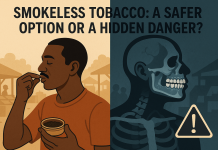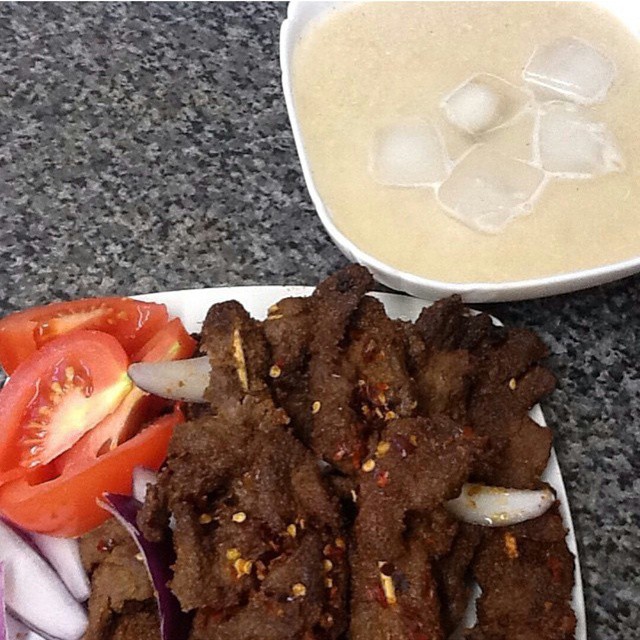Many people do not know that there are different forms or types of leprosy (also called Hansen’s disease).
Leprosy is classified in different ways, based on different factors. There are 3 different systems of classification of leprosy/hansen’s disease.
- Based on the body’s immune response, as well as, the number of skin lesions, Hansen’s disease can be classified into three forms: Tuberculoid leprosy, Lepromatous leprosy and Borderline leprosy.
- Tuberculoid leprosy: This form of leprosy occurs when the body gives a good immune response to infection by leprosy. This results in assymetric nerve involvement and limited number of skin lesions. In this type of leprosy, there are few patches of pale-coloured skin. There may also be loss of feeling or sensation at the areas of skin that are affected which is due to the damaged nerves in those skin regions. Tuberloid leprosy is a milder, less severe form of leprosy. This type of leprosy is less infectious than the other types – in other words, it spreads from person to person less commonly (less often) than the other types.
- Lepromatous leprosy: This usually occurs as a result of a poor immune response by the body to the leprosy infection. It leads to symmetric nerve involvement and involvement of the skin all over the body. It is characterised by numerous skin rashes and bumps occurring on many areas of the skin. It is a more severe/serious form leprosy. And it is more infectious than tuberculoid leprosy – as it spreads from person to person more commonly than tuberculoid leprosy. Lepromatous leprosy may also affect male reproductive organs, the nose and the kidneys.
- Borderline leprosy: Is a combination of both tuberculoid and lepromatous forms of leprosy. This means that an individual suffering from this type of leprosy will have symptoms of both tuberculoid and lepromatous leprosy.
2. Leprosy/Hansen’s disease was classified by WHO into two, based on the number of skin lesions, nerves involved and the results to skin smear tests. They are: paucibacillary leprosy and multibacillary leprosy.
- Paucibacillary leprosy: When there are five skin lesions or less. The results of the skin smear tests at all the sites of abnormal skin for this form of leprosy are negative.
- Multibacillary leprosy: When there are more than five skin lesions. The results of the skin smear tests at all the sites of abnormal skin for multibacillary leprosy are positive.
3. There is another method of classifying leprosy that is based on the increasing severity of the symptoms of the disease. This method of classification is called the Ridley-Jopling system of classification. This classification divides leprosy into six forms:
- Indeterminate leprosy: A few flat areas of skin are affected. This form of leprosy can heal spontaneously. And it can also change to other forms of leprosy.
- Tuberculoid leprosy: It is characterised by a few flat, affected skin areas. Some of these macules lose sensation of pain (numb) and some are large in size. The nerves are also involved. Tuberculoid leprosy could heal spontaneously in a few years or change to other forms.
- Borderline tuberculoid leprosy: Is characterised by lesions that are similar to those in tuberculoid leprosy; but the ones in this form are more numerous and smaller. There is less involvement of nerves. Borderline tuberculoid leprosy may last for a long while, or change to other forms.
- Mid-borderline leprosy: There are assymetrically distributed reddish plaques. The reddish plaques are usually numerous, with moderate loss of pain sensation. Swollen lymph nodes are also present. This form may last for a long period of time, change to another form or progress.
- Borderline lepromatous leprosy: Is characterised by many skin lesions that could appear as raised bumps (papules) or nodules or be flat (macules). Loss of pain sensation may be present or absent. This form of leprosy could last a long period of time, change to another form or progress to lepromatous leprosy.
- Lepromatous leprosy: During the early stage of this form of leprosy, lighter coloured areas of skin are seen. And then, there is loss of hair (especially on the eyelashes and eyebrows). Later, there is weakness of the muscles and loss of pain sensation at certain areas of the skin. Skin nodules appear. Also, different parts of the body (for instance, the face) are disfigured as the disease continues to advance.










Quality Assurance: Some agencies offer satisfaction guarantees, promising refunds if clients are not happy with the service provided.